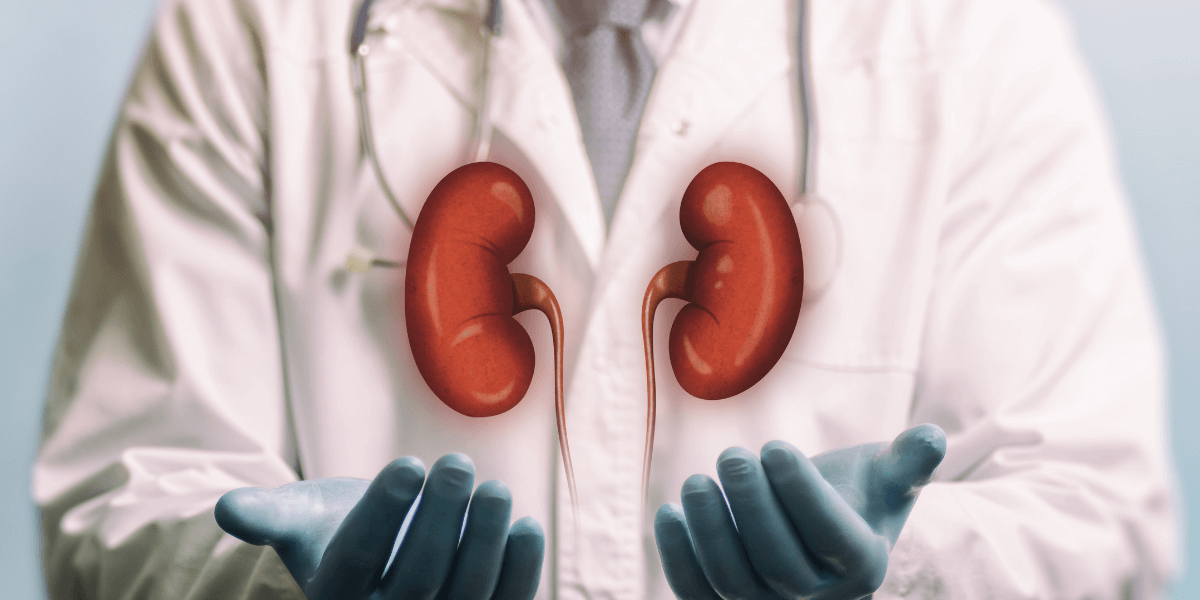


Chronic kidney disease has become an increasingly serious public health issue over the last few years. According to the CDC, 15% of US adults, or 37 million people, are estimated to have CKD. Kidney disease is also the 9th leading cause of death in the US, killing more people than breast cancer or prostate cancer. Therefore, it’s important to know its symptoms, risk factors, and treatment options.
Chronic kidney disease is a health problem that could lead to end-stage renal disease (ESRD) and increased cardiovascular conditions. One way to reduce the chances of chronic kidney disease would be early intervention. It is best to identify individuals with an increased risk of kidney disease to achieve this.
See Also: Chronic Kidney Disease: How to Take Care of Yourself
Numerous risk factors can increase the chance of developing chronic kidney disease. Some factors can be modifiable, while others are non-modifiable.
The modifiable risk factor is associated with:
Non-modifiable risk factors which are associated with chronic kidney diseases are:
You may be liable for CKD as ESRD risk is three to nine times greater if you have a family member with ESRD.
African Americans, Hispanics, and American Indians are at high risk for developing kidney disorders.
Kidney disease has been more prevalent in those over 60 than the rest of the general population.
It is associated with impaired kidney development, resulting in fewer and smaller nephrons.
Your doctors may ask you to get your blood or urine tested to determine the stage of your chronic kidney disease. In severe cases, imaging tests and samples of kidney tissues are examined.
There are five stages of chronic kidney disease:
|
Stage |
Description |
GFR |
|
1 |
Normal to highly functioning kidney |
>90 mL/min |
|
2 |
Mild decrease in kidney function |
60–89 mL/min |
|
3A |
Mild-to-moderate decrease in kidney function |
45–59 mL/min |
|
3B |
Mild-to-moderate decrease in kidney function |
30–44 mL/min |
|
4 |
Severe decrease in kidney function |
15–29 mL/min |
|
5 |
Kidney failure |
<15 mL/min |
The table depicts the stages with a description that defines the working condition of the kidney, and the GFR (Glomerular Filtration Rate) level defines the percentage of the working kidney.
Unfortunately, chronic kidney diseases have no cure. However, there are various options available that can reduce symptoms to make you more comfortable in your daily life. They include:
People with kidney disease must be aware of high blood pressure. Your doctor might recommend medications to stabilize your blood pressure. High blood pressure medications can decrease kidney function and change electrolyte levels.
Diuretics can help maintain the balance of fluids in your body because people with chronic kidney disease often retain fluids. This can lead to swollen legs and high blood pressure.
You might be prescribed statins medications to lower your cholesterol. People with chronic kidney disease often have high levels of cholesterol, increasing the risk of cardiovascular disease.
Calcium and vitamin D supplements can help prevent weak bones and lower your risk of bone damage. You might also take medication known as a phosphate binder to lower the amount of phosphate in your blood and protect your blood vessels from damage by calcium deposits.
See Also: What Are the Types and Causes of Kidney Disease?
It minimizes waste products in your blood as your body processes protein from foods and creates waste products that need to be filtered. To lower the burden on the kidney, your doctor might prescribe you a balanced diet.
If you are experiencing any of the issues mentioned above and looking for a leading nephrologist in Indianapolis, contact us without any delay by scheduling an appointment with our experts.
Our board-certified nephrology physicians specialize in diagnosing and treating chronic kidney disease. We are committed to taking full care of your kidney health.